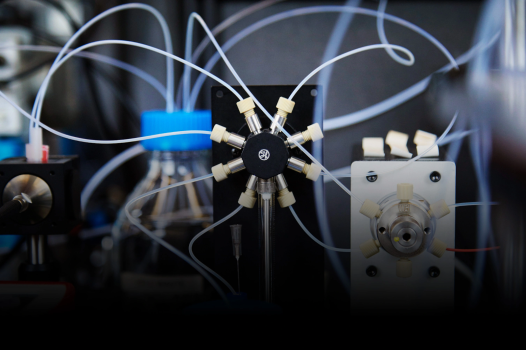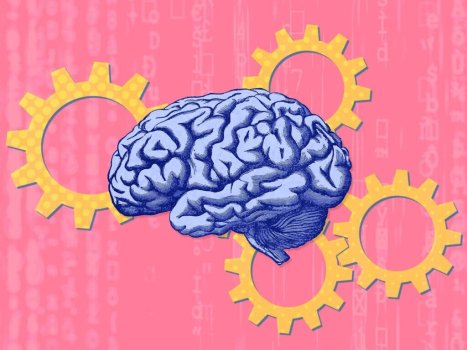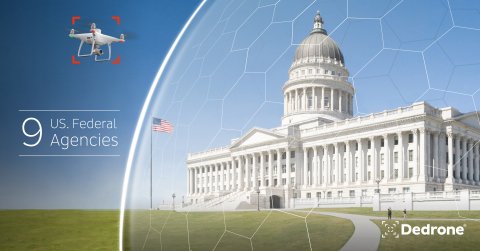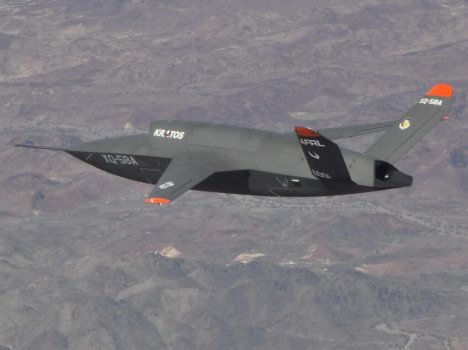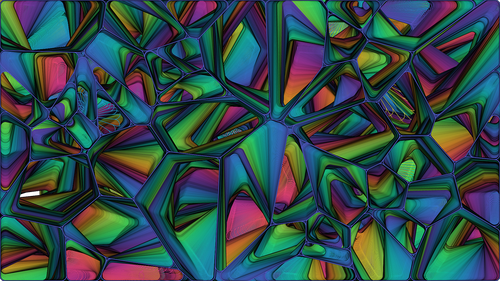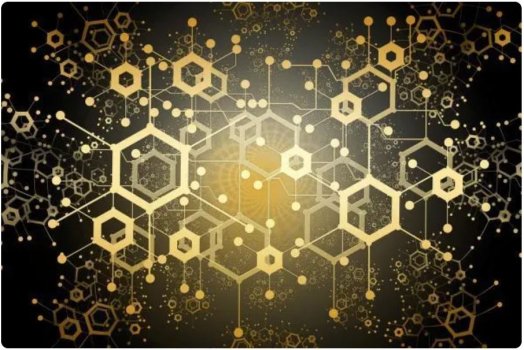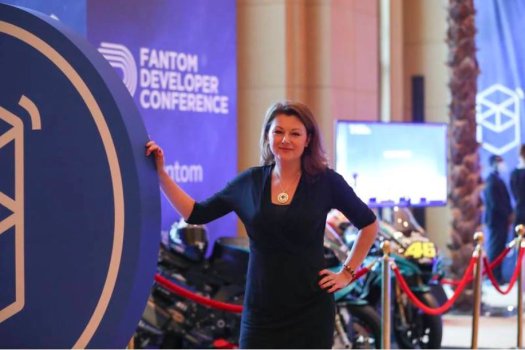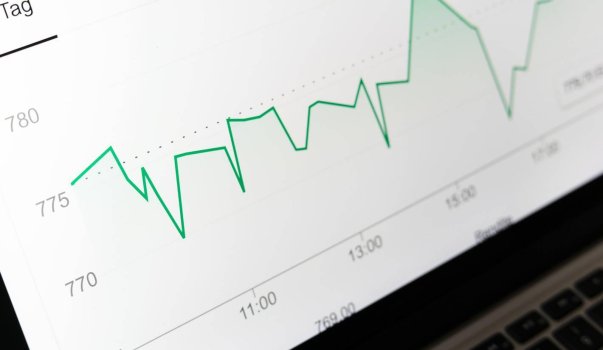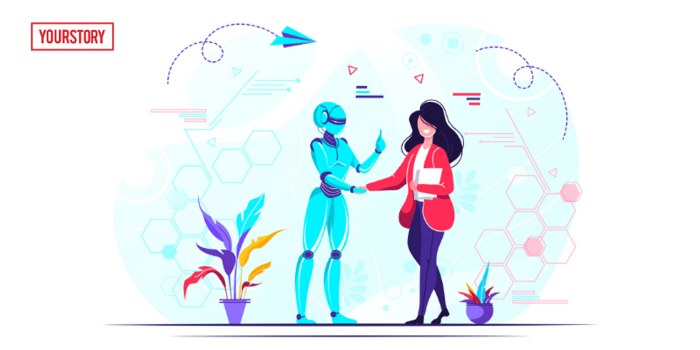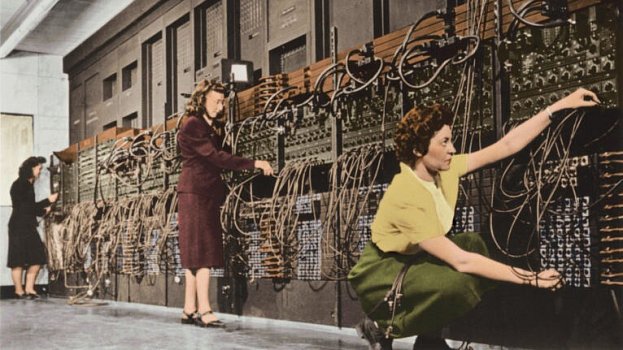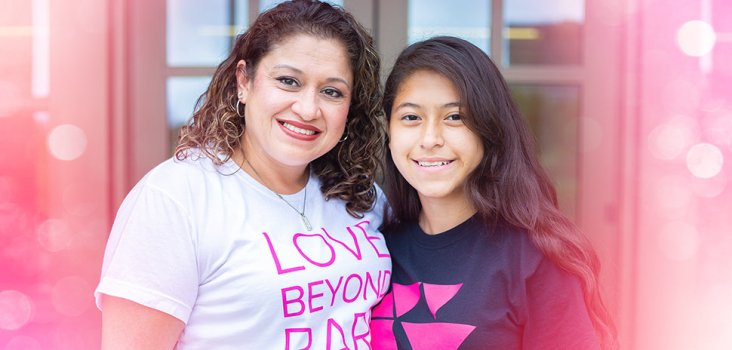HTS Ag Partners with Women And Drones
- Technology Solutions
- 0 Replies
High Tech Solutions for Agriculture (HTS Ag) is on a mission to help efficiently and profitably feed the world. As drones become a bigger part of that mission, the company has pledged support to the Women and Drones organization. “Women have always played an important role in agriculture” according to HTS Ag Founder Arlin Sorensen. “As the UAS/UAM/VTOL industry continues to grow, HTS Ag is proud to support the work that Women and Drones is doing to ensure that the important contributions women make in so many fields of agriculture will likewise mark this emerging industry.”
Sorensen says the precision agriculture landscape is one that is changing rapidly as certain technologies such as GPS and yield mapping approach almost universal adoption in certain sectors, drone use will become more and more prevalent as well as producers recognize how the technology can be used as part of a robust precision agriculture toolset that allows them to increasingly drive optimal production outcomes.
“The future is in the skies, and the sky will be full of the innovation of smart and talented women. HTS Ag salutes them and is thrilled to partner with Women and Drones in their work to increase female participation in the economic opportunities of the industry,” said Sorensen.
“We are excited about establishing this partnership with HTS Ag. We welcome the opportunity to shine a bright light on the many women in agriculture utilizing UAS technology” added Women and Drones’ CEO and Founder, Sharon Rossmark.
Read more: https://womenanddrones.com/hts-ag-partners-with-women-and-drones/
Sorensen says the precision agriculture landscape is one that is changing rapidly as certain technologies such as GPS and yield mapping approach almost universal adoption in certain sectors, drone use will become more and more prevalent as well as producers recognize how the technology can be used as part of a robust precision agriculture toolset that allows them to increasingly drive optimal production outcomes.
“The future is in the skies, and the sky will be full of the innovation of smart and talented women. HTS Ag salutes them and is thrilled to partner with Women and Drones in their work to increase female participation in the economic opportunities of the industry,” said Sorensen.
“We are excited about establishing this partnership with HTS Ag. We welcome the opportunity to shine a bright light on the many women in agriculture utilizing UAS technology” added Women and Drones’ CEO and Founder, Sharon Rossmark.
Read more: https://womenanddrones.com/hts-ag-partners-with-women-and-drones/


